The vestibular nerve, a key component of our intricate auditory and balance system, holds a crucial position in the human body. Understanding the role and location of the vestibular nerve is essential for comprehending the fascinating mechanisms behind our body’s spatial orientation, balance, and hearing abilities. In this article, we will delve into the depths of the vestibular nerve, exploring its anatomy, functions, and the disorders that may arise.
Understanding the Vestibular Nerve
As we navigate through the world around us, the vestibular nerve silently works in conjunction with our other senses to maintain our balance and spatial orientation. This remarkable nerve plays a primary role in relaying information related to head position and movement from the inner ear to the brain. By doing so, it enables us to maintain our equilibrium and smoothly execute coordinated movements.
The vestibular nerve is a fascinating component of our sensory system. It is responsible for transmitting crucial signals that contribute to our overall sense of balance. Without this nerve, our ability to stay upright and navigate our surroundings would be severely impaired.
Have you ever wondered how we manage to walk in a straight line or perform complex movements without stumbling? The vestibular nerve is the key player in this intricate process. It constantly sends signals to the brain, providing real-time information about the position and movements of our head.
The Role of the Vestibular Nerve in Balance
The vestibular nerve acts as an intermediary between the organs of the inner ear responsible for balance, known as the vestibular system, and the brain. It carries signals that inform the brain about the head’s position in relation to gravity, as well as its rotational movements. This information is crucial for various bodily functions, such as adjusting posture, stabilizing gaze, and coordinating movement.
Imagine standing on a tightrope, attempting to maintain your balance. The vestibular nerve is working tirelessly behind the scenes, providing your brain with vital information about the position of your head and the subtle changes in your body’s orientation. This allows you to make the necessary adjustments to stay upright and steady.
Not only does the vestibular nerve contribute to our physical balance, but it also plays a role in our spatial orientation. It helps us understand our position in relation to the objects and people around us. This is why we can effortlessly navigate through crowded spaces without bumping into others or misjudging distances.
The Anatomy of the Vestibular Nerve
The vestibular nerve is one of the two branches composing the vestibulocochlear nerve, also known as the eighth cranial nerve. This nerve exits the inner ear through the internal auditory meatus, a small opening in the skull. It extends towards the brainstem, where it forms connections with vital structures involved in processing balance and hearing.
Within the inner ear, the vestibular nerve is closely intertwined with the vestibular system. This system consists of three semicircular canals and two otolith organs, which are responsible for detecting changes in head position and linear acceleration. The vestibular nerve receives signals from these organs and relays them to the brain for interpretation.
As the vestibular nerve travels towards the brainstem, it forms connections with various structures that are crucial for maintaining balance and coordinating movements. These structures include the vestibular nuclei, which receive and process the incoming signals, and the cerebellum, which plays a vital role in motor control and coordination.
Understanding the anatomy of the vestibular nerve helps us appreciate the complexity of our sensory system. It is remarkable to think about how this nerve, with its intricate connections and pathways, allows us to effortlessly navigate the world around us.
Locating the Vestibular Nerve in the Human Body
While the vestibular nerve might seem elusive, it can be found nestled within the intricate structures of the human body. Its primary location lies within the inner ear, where it interfaces with components essential for both hearing and balance.
The Vestibular Nerve in the Inner Ear
In the inner ear, the vestibular nerve connects to the vestibular system, a complex network of fluid-filled canals and sensory hair cells that detect motion and gravity. These hair cells translate mechanical movement into electrical signals, which are then transmitted through the vestibular nerve to the brain for interpretation.
The inner ear is a remarkable organ that plays a crucial role in our ability to maintain balance and spatial orientation. It consists of three semicircular canals, which are responsible for detecting rotational movements, and the otolith organs, which sense linear acceleration and gravity. These structures work in harmony with the vestibular nerve to provide us with a sense of equilibrium.
Within the vestibular system, the vestibular nerve branches out and innervates the hair cells located within the semicircular canals and otolith organs. These hair cells are specialized sensory receptors that respond to mechanical stimuli. When we move our head or experience changes in position, the movement of fluid within these canals and the displacement of tiny calcium carbonate crystals in the otolith organs stimulate the hair cells, initiating the transmission of electrical signals through the vestibular nerve.
Connection of the Vestibular Nerve to the Brain
Once the vestibular nerve exits the inner ear, it proceeds toward the brainstem, more specifically the vestibular nuclei. Here, it establishes connections with various brain regions responsible for maintaining balance, coordinating eye movements, and integrating sensory information for spatial awareness.
The vestibular nuclei are a group of nuclei located in the brainstem that receive input from the vestibular nerve. From the brainstem, the vestibular information is relayed to other areas of the brain, including the cerebellum, thalamus, and cerebral cortex. These regions play crucial roles in processing and integrating the sensory information received from the vestibular system, allowing us to maintain our balance, adjust our posture, and coordinate our movements.
Furthermore, the vestibular nerve also connects with the cranial nerves responsible for controlling eye movements, such as the oculomotor nerve and the trochlear nerve. This connection ensures that our eyes remain stable and focused on a target, even when our head is in motion. It is through this intricate network of connections that the vestibular nerve contributes to our overall sense of spatial awareness and coordination.
Functions of the Vestibular Nerve
The multifaceted functions of the vestibular nerve extend beyond merely preserving our equilibrium. This remarkable nerve contributes significantly to our spatial orientation and hearing abilities.
The vestibular nerve, also known as the eighth cranial nerve or the vestibulocochlear nerve, is a vital component of the peripheral nervous system. It is responsible for transmitting sensory information from the vestibular apparatus, located within the inner ear, to the brain. This information plays a crucial role in maintaining our balance, spatial awareness, and hearing.
The Vestibular Nerve and Spatial Orientation
Through the vestibular nerve, the brain receives real-time information about the head’s position and orientation in space. This allows for accurate spatial awareness, facilitating our ability to move, navigate, and interact with our environment seamlessly.
Imagine walking on a narrow ledge high above the ground. Without the vestibular nerve, this seemingly simple task would become a perilous endeavor. The nerve constantly relays information to the brain about the position of our head relative to gravity, ensuring that we maintain our balance and stay upright. It also helps us adjust our posture and make precise movements, such as reaching for an object without losing our equilibrium.
Moreover, the vestibular nerve plays a crucial role in our ability to perceive motion. It enables us to sense acceleration, deceleration, and changes in direction. This information is essential for activities like driving, playing sports, and even enjoying amusement park rides.
The Vestibular Nerve’s Contribution to Hearing
In addition to its role in balance, the vestibular nerve is intricately intertwined with the auditory system, ensuring our sense of hearing remains intact. It transmits electrical signals generated by sound waves in the cochlea—another structure within the inner ear—to the brain, enabling the perception and interpretation of sound.
When sound waves enter the ear, they cause vibrations in the cochlea, which is responsible for converting these vibrations into electrical signals. The vestibular nerve then carries these signals to the brain’s auditory processing centers, where they are decoded and interpreted as meaningful sounds.
Without the vestibular nerve’s contribution to hearing, our world would be devoid of the beautiful symphony of sounds that surround us. From the melodious chirping of birds to the rhythmic beats of our favorite songs, the vestibular nerve ensures that we can appreciate and enjoy the auditory wonders of life.
Furthermore, the vestibular nerve plays a crucial role in our ability to localize sound. It helps us determine the direction from which a sound is coming, allowing us to pinpoint its source accurately. This ability is particularly important in situations where we need to react quickly to auditory cues, such as crossing a busy street or identifying potential dangers in our environment.
In conclusion, the functions of the vestibular nerve extend far beyond maintaining our balance. This remarkable nerve is intricately involved in our spatial orientation and hearing abilities, allowing us to navigate the world with ease and appreciate the richness of sound that surrounds us.
Disorders Related to the Vestibular Nerve
Though the vestibular nerve is a master of balance and hearing, it is not exempt from potential disorders that may disrupt its intricate functioning. Recognizing the symptoms and understanding common disorders associated with the vestibular nerve is crucial for seeking appropriate medical attention and management.
The vestibular nerve, also known as the eighth cranial nerve, plays a vital role in maintaining equilibrium and spatial orientation. It is responsible for relaying sensory information from the inner ear to the brain, allowing us to perceive and navigate the world around us. However, when this delicate system is compromised, it can result in a range of debilitating symptoms that significantly impact an individual’s quality of life.
Symptoms of Vestibular Nerve Disorders
Vestibular nerve disorders can manifest in various ways, resulting in a range of disturbing symptoms. These may include vertigo, dizziness, impaired balance, unsteadiness, and difficulties with spatial orientation. If you experience any of these symptoms, it is advisable to consult with a medical professional for a comprehensive evaluation and diagnosis.
Vertigo, one of the most common symptoms of vestibular nerve disorders, is characterized by a spinning sensation that can make it challenging to maintain balance and perform daily activities. Dizziness, on the other hand, refers to a lightheaded or faint feeling that often accompanies vertigo but can also occur independently. Impaired balance and unsteadiness can make walking and standing difficult, increasing the risk of falls and injuries. Difficulties with spatial orientation can lead to disorientation and a sense of being “lost” even in familiar surroundings.
Common Vestibular Nerve Disorders
Several conditions can disrupt the normal functioning of the vestibular nerve. One such disorder is vestibular neuritis, a viral infection that causes inflammation of the nerve, leading to severe dizziness and disorientation. Vestibular neuritis often occurs following a viral upper respiratory infection, such as the common cold or flu. The inflammation can result in the sudden onset of vertigo and other vestibular symptoms, which can be debilitating and require medical intervention.
Meniere’s disease, another common vestibular nerve disorder, manifests as recurring episodes of vertigo accompanied by hearing loss and tinnitus. This chronic condition is believed to be caused by an abnormal buildup of fluid in the inner ear, leading to increased pressure and disruption of the vestibular nerve’s normal functioning. Meniere’s disease can significantly impact an individual’s daily life, causing unpredictable bouts of vertigo, hearing difficulties, and a constant ringing or buzzing sensation in the ears.
Other less common disorders related to the vestibular nerve include acoustic neuroma, a benign tumor that grows on the nerve and can cause hearing loss and balance problems. Additionally, labyrinthitis, an infection or inflammation of the inner ear, can also affect the vestibular nerve and result in vertigo and associated symptoms.
It is important to note that vestibular nerve disorders can vary in severity and duration. Some individuals may experience temporary disruptions in their vestibular function, while others may have chronic conditions that require ongoing management and treatment. Seeking early medical intervention and working closely with healthcare professionals specializing in vestibular disorders can help individuals regain their balance and improve their quality of life.
Treatment and Management of Vestibular Nerve Disorders
While vestibular nerve disorders can be debilitating, advancements in medical science and rehabilitation techniques offer hope for effective treatment and management.
Vestibular nerve disorders, such as vestibular neuritis and Meniere’s disease, can significantly impact an individual’s daily life. These conditions can cause symptoms like vertigo, dizziness, imbalance, and nausea, making it challenging to perform routine tasks and enjoy activities. However, with the right medical interventions and rehabilitation techniques, individuals can find relief and regain their quality of life.
Medical Interventions for Vestibular Nerve Disorders
Pharmacological interventions may be employed to alleviate symptoms and reduce inflammation in cases of vestibular neuritis. Medications such as antihistamines, antiemetics, and corticosteroids can help manage symptoms like dizziness and nausea, providing much-needed relief to patients.
In more severe cases, surgical interventions may be considered. For instance, individuals with Meniere’s disease who do not respond to non-invasive approaches may undergo procedures like endolymphatic sac decompression or vestibular nerve section. These surgical options aim to alleviate symptoms and restore balance by targeting the underlying cause of the disorder.
It is crucial to consult with a medical professional for an accurate diagnosis and appropriate treatment options. Each individual’s condition is unique, and a tailored approach is necessary to address their specific needs and goals.
Rehabilitation Techniques for Vestibular Nerve Health
Rehabilitation plays a pivotal role in restoring balance, reducing dizziness, and improving overall quality of life for individuals with vestibular nerve disorders. Vestibular rehabilitation exercises, under the guidance of trained therapists, can help retrain the brain to compensate for vestibular dysfunction and promote long-term recovery.
These exercises focus on improving gaze stability, balance, and coordination. They may include activities like eye movements, head movements, and balance exercises. By gradually exposing the individual to controlled movements that provoke dizziness, the brain can adapt and learn to rely on other sensory inputs to maintain stability.
In addition to specific exercises, lifestyle modifications can also contribute to managing vestibular nerve disorders. Avoiding triggers like bright lights, loud noises, and certain foods can help reduce symptoms. Creating a safe and supportive environment at home, with clear pathways and minimal obstacles, can also aid in preventing falls and injuries.
Furthermore, counseling and support groups can be beneficial for individuals dealing with the emotional and psychological impact of vestibular nerve disorders. Connecting with others who share similar experiences can provide a sense of understanding and validation, fostering a supportive network for coping with the challenges of living with a vestibular disorder.
In conclusion, the treatment and management of vestibular nerve disorders involve a multidimensional approach. Medical interventions, including pharmacological and surgical options, can help alleviate symptoms and address the underlying causes. Rehabilitation techniques, such as vestibular exercises and lifestyle modifications, play a crucial role in restoring balance and improving overall well-being. By combining these strategies, individuals with vestibular nerve disorders can find relief, regain their independence, and enjoy an improved quality of life.
Conclusion
The vestibular nerve, residing deep within our inner ear, is an unsung hero orchestrating our body’s equilibrium and auditory experiences. The complex interplay between this nerve, the inner ear structures, and the brain contributes to our spatial orientation, balance, and hearing abilities. Understanding the location, functions, and disorders related to the vestibular nerve empowers us to seek proper medical care and explore rehabilitative options. If you suspect any issues related to your vestibular nerve, remember to consult with a medical professional for expert evaluation and guidance on your journey towards optimal vestibular health.




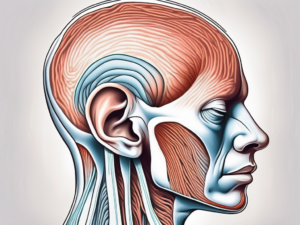
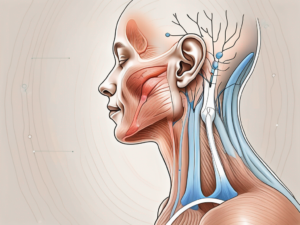
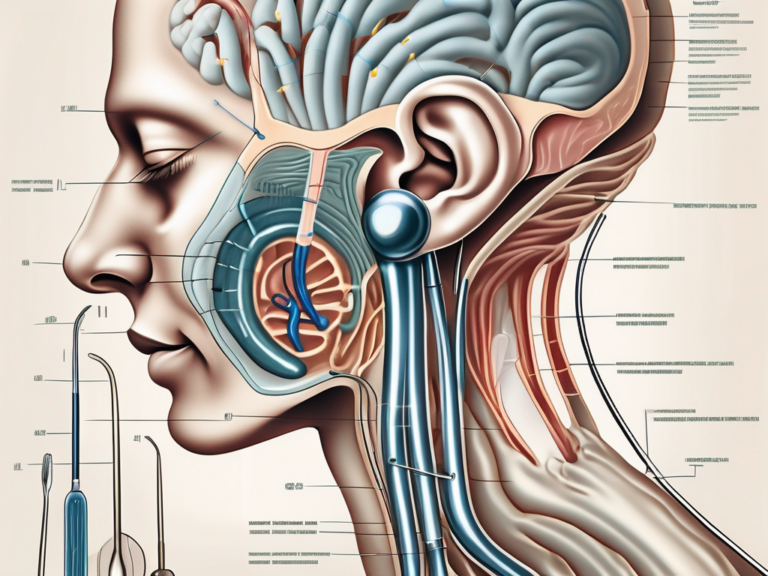
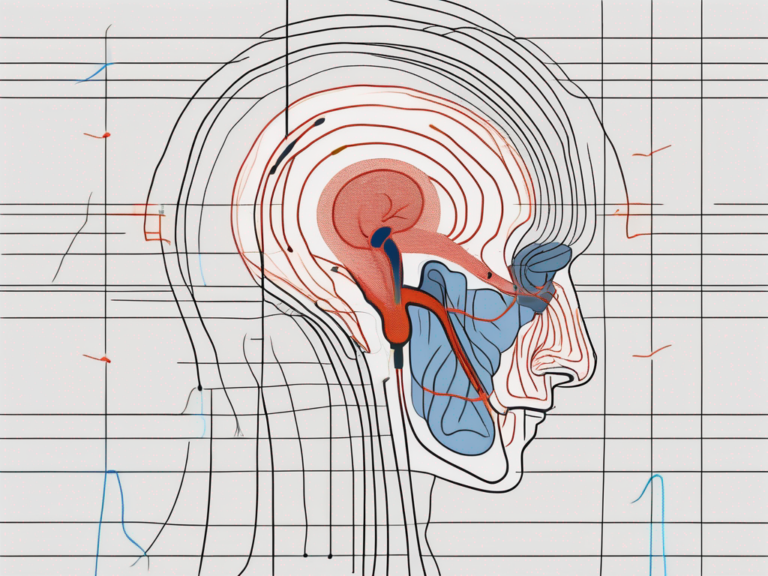
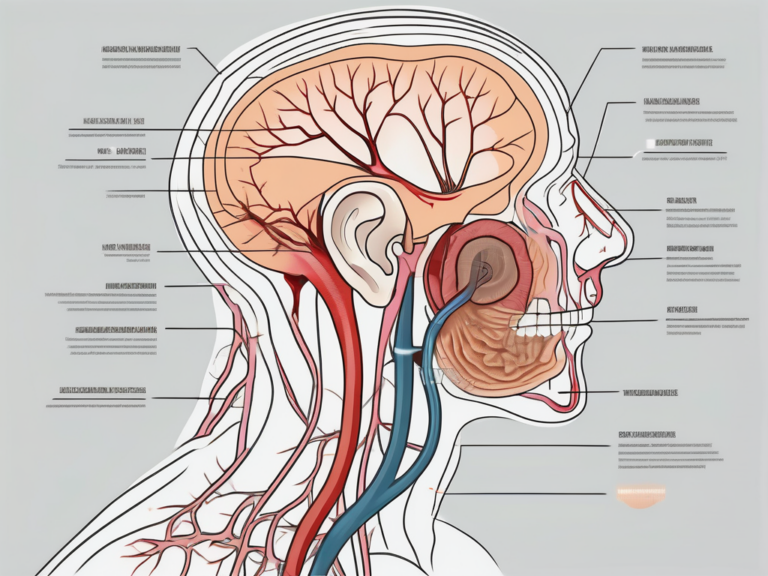
+ There are no comments
Add yours